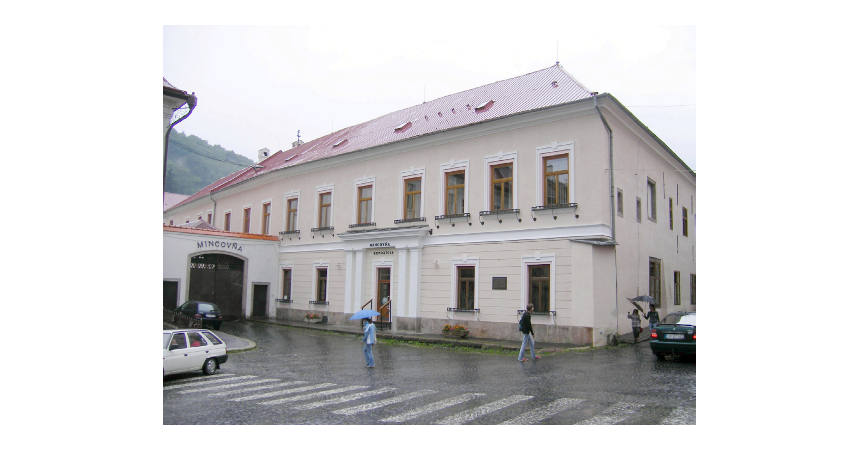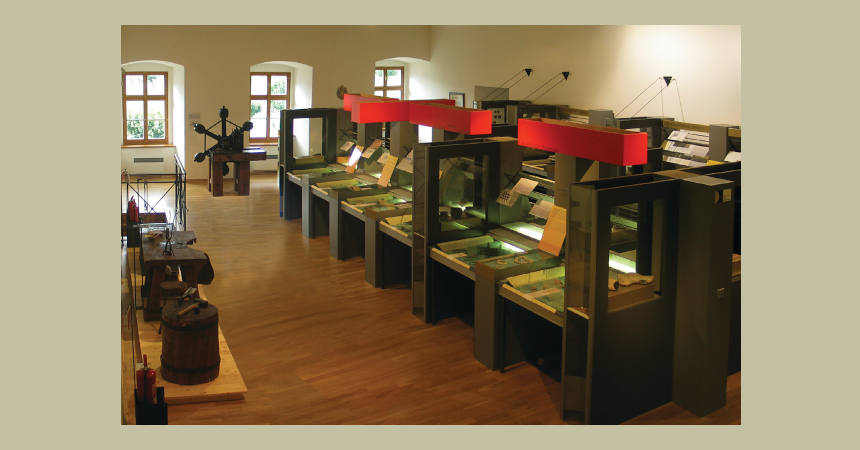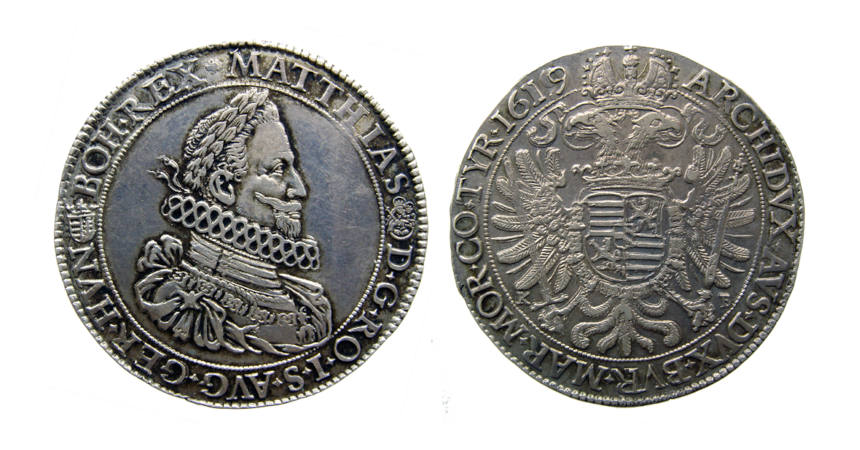National Bank of Slovakia – Museum of Coins and Medals in Kremnica
Wenn es kein Logo gibt, wird diese Spalte einfach leer gelassen. Das Bild oben bitte löschen.
(Dieser Text wird nicht dargestellt.)
Štefánikovo námestie (Štefánik Square) 11/21
967 01 Kremnica
Tel: +421 (0)45-6742696
The Museum of Coins and Medals of the National Bank of Slovakia was founded in 1890. It was originally only concerned with the town of Kremnica and the region but in 1976 it became a specialized museum of numismatics. The town’s famous mint, also known by its German name Kremnitz, was established in 1328 under the reign of the Hungarian King Charles I, still turns out coins and medals for Slovakia plus coins for over 25 countries worldwide.
The Museum has various collections, including valuable exhibits in numismatics, medal art, history and plastic arts, all of which comprise around 100,000 items. The exhibition is presented in both Slovak and English.
Two Faces of Money
The exhibition, “Two Faces of Money—Money and Medal-Making in the History of Slovakia,” is situated in a gothic civic house in the historical square. It presents the history and evolution of money in Slovakia from ancient times to the present coins and banknotes, as well as the history of medal making. An important part of the exhibition is dedicated to the history of the old mining and minting town of Kremnica with its famous mint.
On the first floor, visitors learn about the complex history of money in the Slovak region from the oldest times to the present with a particular focus on production at the Kremnica Mint. Visitors also learn about the development of coin minting from the Middle Ages, as well as a display of minting machinery and the many rare test specimens.
There is a presentation of the various means of payment that pre-dated coins, and the oldest coins struck in present-day Slovakia region produced by the Celts from the 3rd to 1st centuries BC. This is followed by a display of Roman, Byzantine and western European coins used in Slovakia from the beginning of the Common Era until the 10th century.
Minting Methods
On display, the oldest coins were minted manually at Kremnica on a block using a coining die and a hammer up to the 17th century. Gradually the Kremnica Mint introduced machine minting; from 1661 it used a minting rolling machine and from 1710, a minting screw press called a Balancier machine. From the 19th century, automatic minting machines became a part of the technical equipment of the Mint.
In another room, visitors see the various currencies of the multi-national Habsburg monarchy, as well the efforts to establish a monetary union. The history of paper as a means of payment in Hungary dates back to 1762. Visitors can view the inflation money from the Napoleonic wars, the money of revolutionaries in Hungary (1848-1849), the banknotes of the Austro-Hungarian Bank, and the first Czechoslovak banknotes.
Recent Currency
Recent history is brought to life by viewing coins and banknotes after 1948 including specimens of coins that were not put into production. The origins of the 1993 Slovak currency are presented in great detail—from the printing of the Czechoslovak banknotes, to the art designs of coins, to the final version of the Slovak koruna. At the end, visitors view circumstances surrounding the introduction of the euro in Slovakia starting in 2009.
On the second floor, visitors can see the history of making medals in Slovakia. In a unique installation in the lower basement, examples of individual types of historic mining tunnels have been dug into the andesite. The tunnels date from the oldest times to the present day, and there are also various mining tools, mining carts and other equipment on display.
This text was written by Howard M. Berlin and first published in his book Numismatourist in 2014.
You can order his numismatic guidebook at Amazon.
Howard M. Berlin has his own website.









